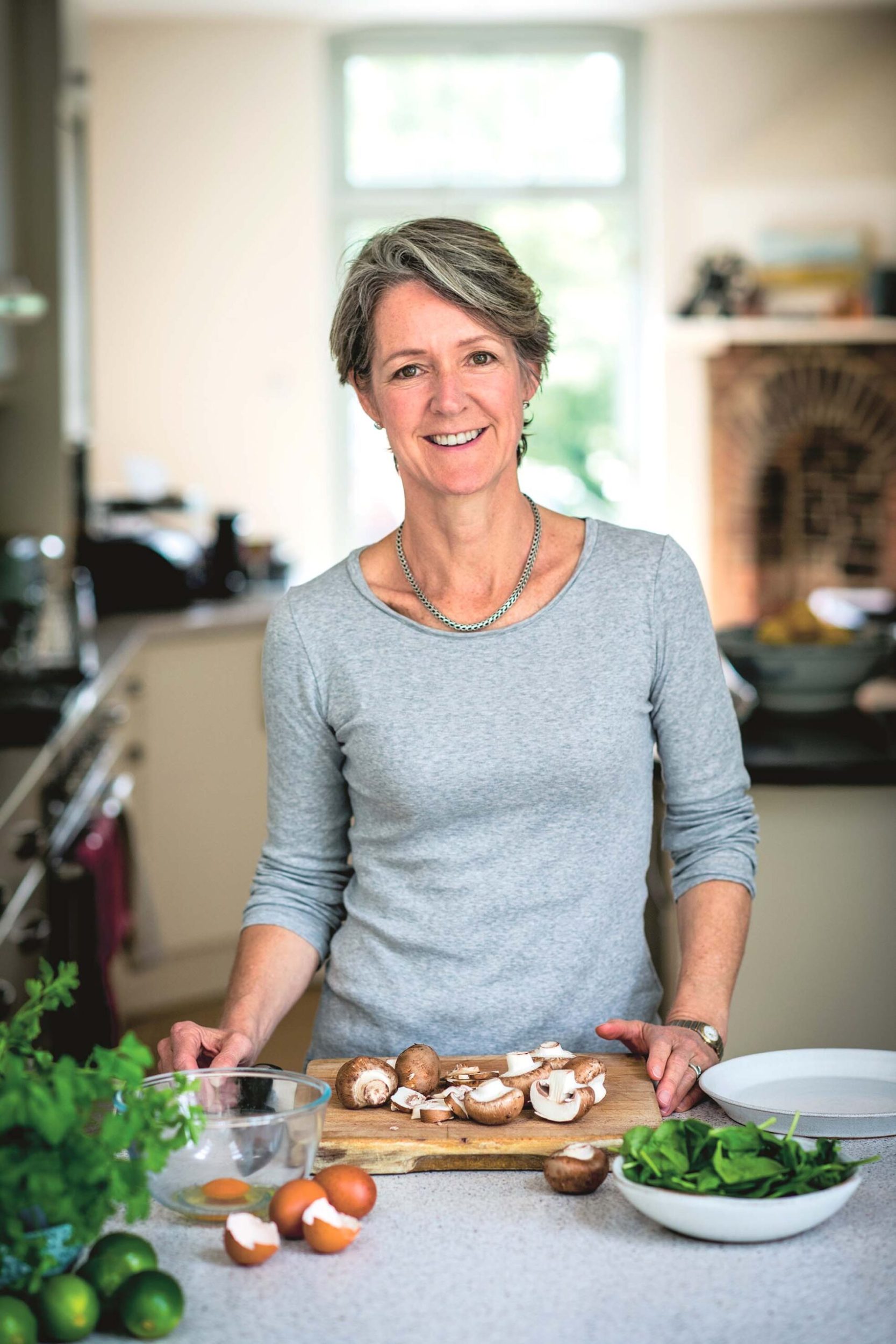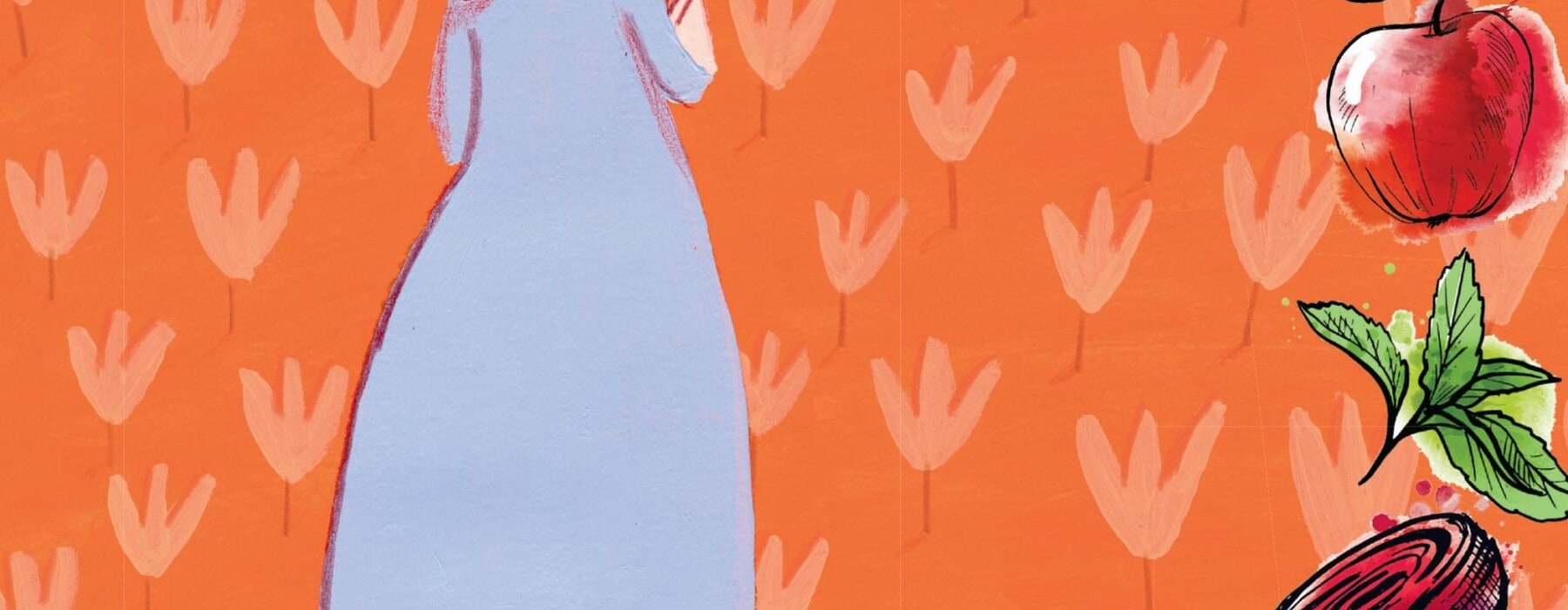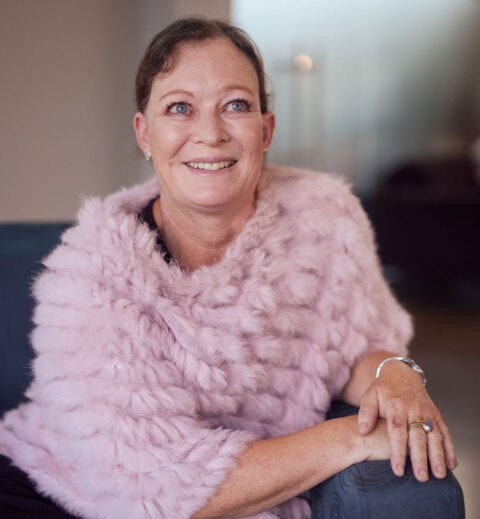Diet is a dirty word for Wendyl Nissen, but she’s enjoying the feel-good benefits of GP Clare Bailey’s health-focused way of eating.
Stories about dieting or fasting or counting calories can often make you feel bad about yourself. You’re too fat, you don’t confirm to the “norm”, you don’t fit a bikini. Which is why we don’t run diet stories in Thrive.
But more recently, scientists and doctors have been conducting studies and doing the science and they’re saying: just eat well and you will feel better and you’ll also lose some weight, which is good for you.
One of those doctors is Clare Bailey, who has been a GP in Britain for 30 years and saw patients every day who were at risk of type 2 diabetes.
“As a doctor we were never taught nutritional advice, so our job was mainly to give out medication,” she says. “The dietary advice I gave was pretty perfunctory and not terribly helpful. I basically said eat less and get more exercise, which is like saying to play golf you hit the ball into the hole.”

Clare says she was not supporting patients properly by putting them straight on medication.
“The feeling was that my patients were not in control of diabetes, they depended on the medication and really nobody expected them to come off it. Ever.”
Rethinking her approach
The advice doctors have been giving for the past 50 years is to follow a low-fat, slow and steady diet, with frequent snacks between meals and the same diet for everyone.
“What has happened during that time is our weight has gone shooting up, our sugars have shot up and type 2 diabetes has soared,” says Clare.
Then nine years ago, her husband, Dr Michael Mosley, famously reversed his diabetes by following an intermittent fasting plan which he published as the bestselling book The Fast Diet, soon to be followed by The 8-Week Blood Sugar Diet.
Meanwhile, Clare was still writing prescriptions for medication and giving out impossible dietary advice.
“When Michael decided to try reversing his diabetes, I supported him, but I didn’t particularly expect much. But after I read the research, I got interested and started supporting my patients to follow his advice. Then I started seeing gobsmacking results and realised that this had been sitting in front of all of us, but as medical professionals we hadn’t tapped into it.”
I’m talking to Clare because she has just released a new recipe book, one of several she has produced to accompany her husband’s books. This one is called The Fast 800 Easy and has 130 recipes that she worked out during Britain’s first lockdown in March last year. I’ve followed Clare and Michael’s books for a long time because, while I’m not a fan of calorie counting and fasting, I’m always interested in healthier ways to eat. At the moment, I am immersed in a healthy-eating regime which began last year when I thought I might have type 2 diabetes, as my mother did for more than half her life.
I started looking for ways to get more plants into my diet, eat more nutritious foods and to base every meal on food that would help my gut microbiome and my body be the best it could be. There’s nothing like a worldwide pandemic to turn your focus towards how your body is running and, more particularly, how you are supporting your immune system.
Clare’s book has easy recipes based on moderately low-calorie, low-carb Mediterranean-style meals made from the stores she had on hand during lockdown. She has inspired me to use up the many cans of chickpeas and beans I had in my pantry and to occasionally reach for a bag of frozen vegetables if I don’t have any fresh ones ready in my garden. She also focuses on gut-friendly foods to help your microbiome, which is a big focus for me. And, if I’m honest, it helps that Clare is a doctor – I trust her.
“I actually stopped working as a GP a year ago,” says Clare. “Michael and I were travelling and juggling book tours and had a lot on, so now we do that.”
The pair spent last November in Australia after going through quarantine, and plan to visit New Zealand later this year, after quarantining here as well.
I ask Clare what she thinks of the body positivity or neutrality movement, which supports women to accept the size they are and be thankful for how their bodies work for them and function, rather than how they look. I was sure Clare must have come across this with some patients in her clinic.
Clare visibly sighs on our Zoom call.
“It is a difficult one,” she says. “On the whole, we really try not to talk about weight in terms of how you’re looking. It’s not about having a beach body. It’s about having a body which functions well so that you feel good, that you’re getting the nutrition you need to keep your mood up, your immunity up to protect you. So it’s not about how people look, it’s about being in a healthy state.”
Clare says that statistics gathered during the pandemic show that people who are significantly overweight or are diabetic are much more likely to die from Covid. Also, some scientists have suggested that the Covid vaccine might not offer the same degree of protection if you are overweight.
“So these things do matter. We’re not talking about what you look like in a bikini – that’s not the message at all,” she says.
Family food
Clare and Michael have four children, who are all adults now, and she admits that when feeding her family she didn’t always get the balance right.
“They do all have a healthy relationship with food and like their food, but we did have years of chicken nuggets and chips and stuff, and looking back it wasn’t the sort of food we should have fed them, but when you’re busy you adjust to the lowest common denominator. In retrospect, I wish I had been a bit more adventurous.”
Her children were allowed Saturday sweets, and were given money to buy lollies, but it did get rather complicated, says Clare.
“They would game it and weigh it so they could get the maximum amount of sugar for their money!” Clare grew up in a family where they ate at the table and there was no conflict around food. “We ate tripe and sweetbreads and it was all about enjoyment for us. For others, food can be very complicated. I can take or leave sweet foods but for Michael, when it comes to chocolate, we have a problem. I’m always finding a stash of it in the broom cupboard or somewhere weird.”
Clare says when people store their weight around their middle, and perhaps around the neck, that means fat is being stored around your internal organs, which is the more dangerous fat and has a very strong association with a high risk of type 2 diabetes.
Try the string test
In New Zealand, there are more than 250,000 people with diabetes, mostly type 2, and the number of people getting diagnosed is rising rapidly – especially the lifestyle-related type 2.
“People at high risk respond well to a lower sugar, lower starch and lower calorie approach. But not all healthy eating plans work for all people. It’s a matter of working with someone to find out what does work.”
Clare says the best test you can do to see if you should be changing what you eat is not to get out the scales but to use a piece of string.
“Take a piece and cut it to your height then fold it in half. Take that and put it around your waist. If it meets, then that’s great. If it doesn’t, then you may have a significant risk of type 2 diabetes.”
I did the string test and even though I’ve already seen quite a few centimetres disappear now that I am eating better, there’s still some to go before that string meets up.
Clare leaves me with some sage advice.
“It really all comes back to a really simple principle. Give your gut what it needs and it will look after you.”








